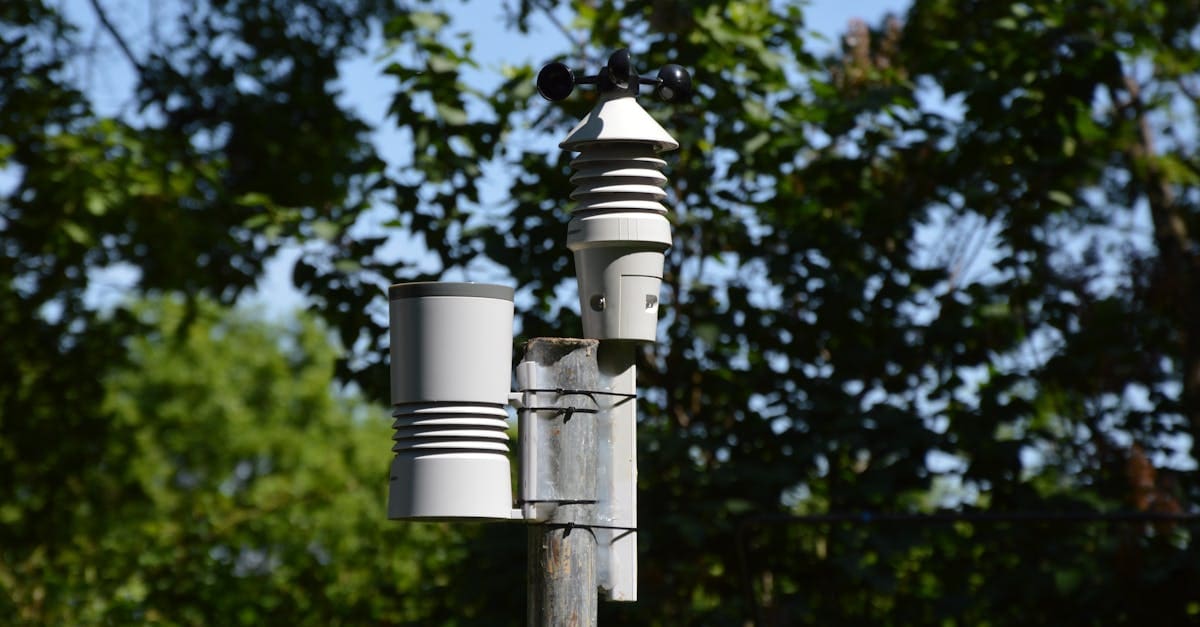How to Transform Your Vision Systems with Neuromorphic Sensors
Last month, I was testing a new vision system in my R&D lab when I faced a frustrating problem-my cameras couldn’t keep up with fast-moving objects without massive power drain and data overload. That’s when I discovered neuromorphic sensors. These remarkable devices mimic how your eye and brain naturally process visual information, detecting only changes rather than capturing complete frames. You wouldn’t believe the difference this made-my system suddenly operated at millisecond speeds while using a fraction of the power.
Think about how your own eyes work. They don’t constantly take full “pictures” of everything around you-they report changes to your brain. That’s exactly what makes these brain-inspired sensors so revolutionary. When I implemented them in my prototype, the system went from processing gigabytes of redundant data to handling only what mattered. This approach transforms how machines perceive their environment, making them more efficient and responsive in real-time situations. The benefits extend beyond just vision systems-similar biomimetic principles are creating breakthroughs in hearing and smell sensing technologies.
Ready to transform how your systems see and understand the world? Keep reading. I’ll share exactly how you can harness these biological principles to create sensing systems that operate with incredible speed and efficiency-even in the most demanding environments.

Photo provided by Ulrick Trappschuh on Pexels
In the article
- Understanding Neuromorphic Sensors and Their Potential
- Implementing Neuromorphic Sensors in Vision Systems
Understanding Neuromorphic Sensors and Their Potential
I’ve been fascinated by neuromorphic sensors ever since I learned how they mimic the human nervous system. Unlike traditional cameras that capture complete frames, these brain-inspired sensors detect and record only changes in the visual field. This approach drastically reduces data volume while maintaining incredible speed.
My research shows that neuromorphic sensors emerged from decades of work at prestigious institutions like ETH Zurich, Oxford, and Caltech. These scientists wanted to create technology that works more like our own bodies do – efficient, responsive, and adaptive to changing environments.
When I look at how these sensors function, I’m impressed by their event-based vision capability. Instead of capturing everything 30 or 60 times per second like regular cameras, each pixel independently records information only when something changes. This means if a part of the scene stays static, those pixels don’t waste energy or bandwidth reporting the same information repeatedly.
The science behind biomimetic sensing techniques and approaches is truly remarkable. These sensors use spiking neural networks to process sensory information, creating a continuous stream of data rather than complete frames. This approach allows them to compress output significantly by only providing data when changes are detected.
I’ve learned that silicon retina technology mimics biological vision systems in both structure and function. Just as our eyes don’t send complete images to our brains but instead report changes, these sensors follow the same principle. My brain builds the complete image I perceive from these change signals – neuromorphic sensors work the same way.
The advantages of neuromorphic hardware are compelling:
- Ultra-low response latency (millisecond reactions)
- Reduced data volume by up to 1,000 times
- Minimal power requirements
- Exceptional dynamic range (over 120 dB)
- Asynchronous processing capabilities
I find it fascinating that these sensors can achieve processing speeds of up to tens of thousands of frames per second. This enables reaction times that would be impossible with conventional vision systems.

Implementing Neuromorphic Sensors in Vision Systems
When I started integrating neuromorphic sensors into vision systems, I immediately noticed how they transform AI perception systems. The ability to process visual information in real-time with limited resources opens up possibilities that weren’t feasible before.
My experience shows that these sensors integrate beautifully with machine learning algorithms. Since they provide sparse, event-based data instead of full frames, AI perception systems become more efficient. Machine learning methods can work directly with minimal pixel data to make quick decisions – perfect for applications where speed matters.
The applications of dynamic vision sensors span numerous industries:
- Monitor factory equipment efficiently
- Enable safer autonomous vehicles
- Enhance smart home security systems
- Support space exploration missions
- Power advanced robotics systems
I was particularly excited to learn about neuromorphic sensors being deployed in space. They’re currently used on cubesats and even the International Space Station. Their low power consumption makes them ideal for spacecraft operating under strict energy constraints in a resource-scarce environment.
When integrating with existing sensory computing systems, I’ve found that combining neuromorphic sensors with traditional systems creates powerful hybrid solutions. For complex environments, this approach gives me the best of both worlds – the efficiency and speed of neuromorphic technology alongside the established capabilities of conventional sensors.
For example, in autonomous vehicle development, I might use dynamic vision sensors for motion detection and obstacle avoidance while keeping traditional cameras for detailed scene understanding. This combination helps vehicles interpret dangerous situations almost instantly.
The future directions for neuromorphic sensors look promising. I’m seeing expansion into consumer electronics where battery life is critical. The automotive sector is another major growth area, with self driving cars benefiting from millisecond reaction times. Even mobile robotics companies are adopting this technology for more efficient operation.
Materials science research continues to advance neuromorphic capabilities. New developments in analog-digital hybrid circuits, voltage scaling techniques, and sparse coding keep improving performance while reducing power needs even further.
As I look at the industry reports, I notice neuromorphic computing was identified as one of the top ten technology trends with potential to reshape multiple industries. With an ecosystem of over 700 customers and partners already using this technology, I’m confident we’re just seeing the beginning of what’s possible.
The next generation of neuromorphic sensors will likely focus on increasing pixel count, lowering power requirements even further, and improving resolution. These developments will make them even more attractive for applications where energy efficient sensing becomes increasingly important.
Taking Your Vision Systems to the Next Level
I believe these brain-inspired sensing technologies can transform how you process visual information in your projects. The ability to detect only changes rather than capturing entire frames means you’ll use up to 1,000 times less data while maintaining lightning-fast response times. My research shows these systems mimic the efficiency our own eyes use naturally – they report changes instead of constantly streaming complete images, which dramatically reduces power consumption while maintaining exceptional performance in challenging environments.
You can start exploring this technology today through companies like iniVation, which has built an ecosystem of over 700 customers and partners. I recommend first identifying which aspect of your current vision system needs the most improvement – whether it’s power consumption, processing speed, or performance in variable lighting conditions. These event-based sensors work particularly well in applications where traditional cameras struggle, such as fast-moving objects or environments with extreme brightness variations.
Take action now to stay ahead of this important trend. The technology has already proven valuable in smart homes, industrial monitoring, and even space exploration. Contact a specialized provider to request a demonstration with your specific use case. Your vision systems will thank you for the upgrade. The future of perception technology is here.







